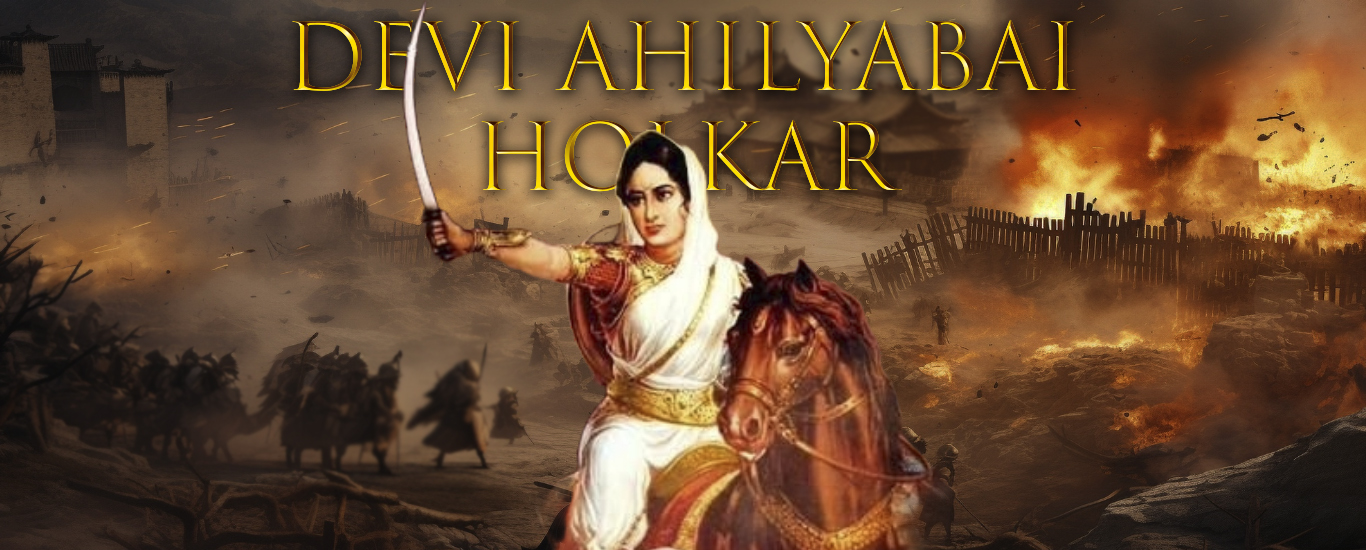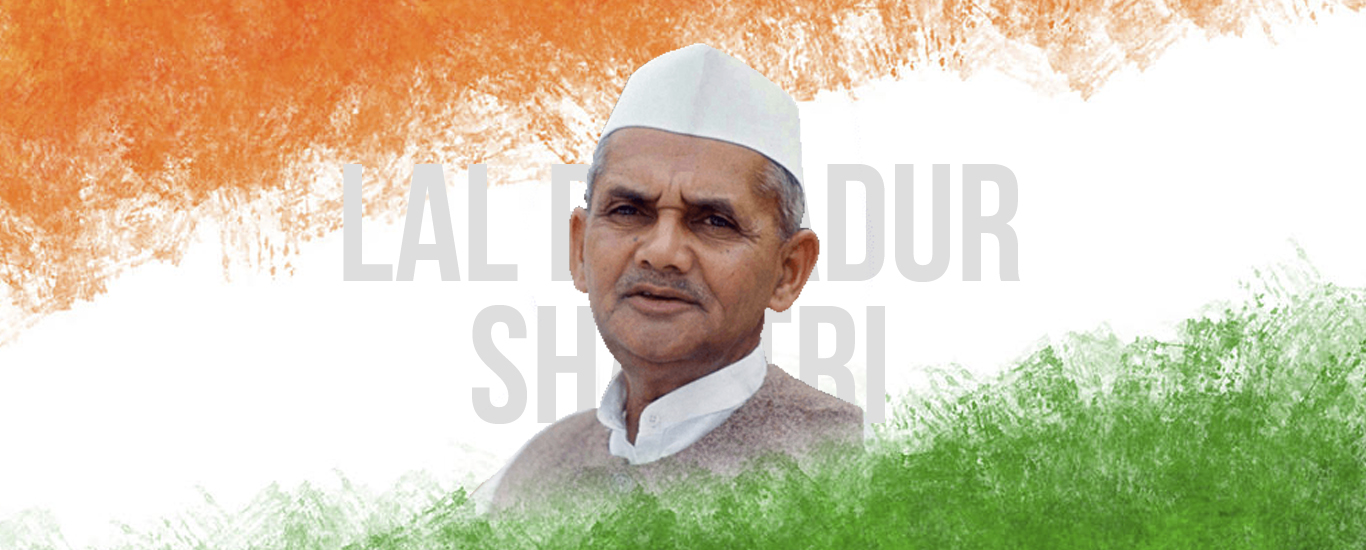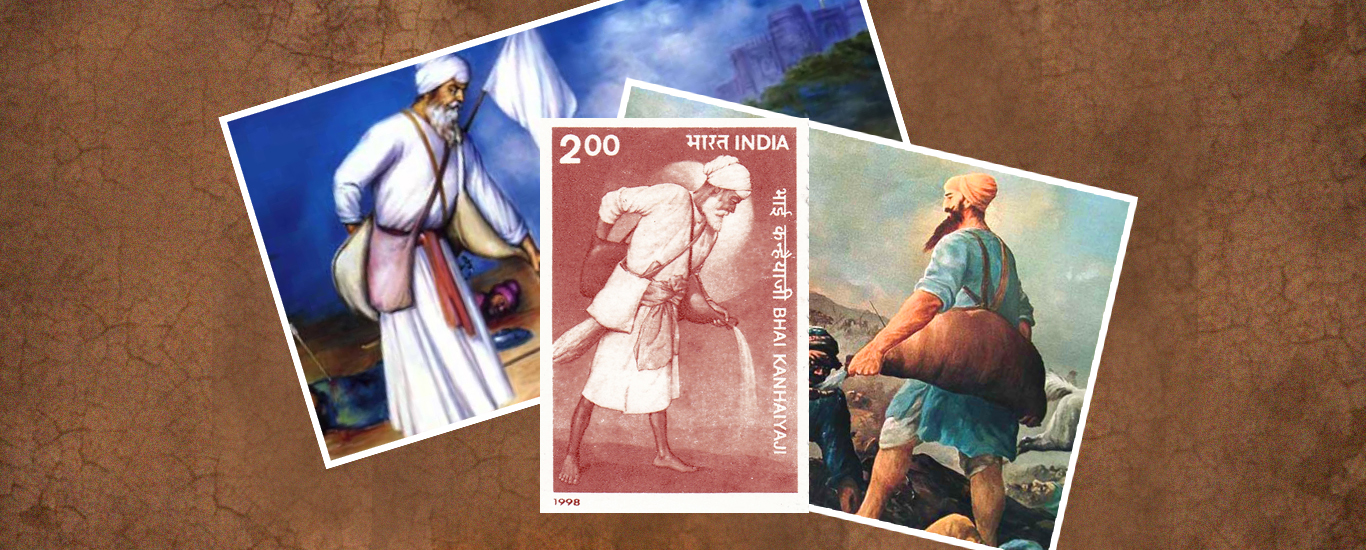Nahar Singh
A great Jat ruler, Raja Nahar Singh of the princely state of Ballabhgarh in Faridabad District of Haryana, India was an unsung hero of 1857.a man who guarded Delhi’s freedom for over 120 days. He was an active participant in the Indian Rebellion of 1857. It takes only 20 miles from Delhi to reach the small kingdom of Ballabhgarh. The government of Haryana has taken over his palace under Haryana Tourism.
Early Life Of Nahar Singh
At Ballbhgarh, on 6th April 1821, Nahar Singh was born to Jat King Raja Ram Singh and Basant Kaur. He obtained his education at the feet of his teachers Pandit Kulkarni and Maulvi Rahman Khan which made him secular in a genuine manner.
When he was nine, his uncle Nawal Singh undertook the charge of functioning the state affairs since his father passed away till Nahar Singh’s crowning in 1839. In addition to this, Nahar Singh gained skills in martial arts and soon grew to be a fine shooter and an expert horse rider. It was known that this legenda has once single-handedly hunted a lion.
Nahar Singh in 1839, established a meeting in Mukteshwar (Uttar Pradesh), which was shown by Raja of Gwalior, Rao Krishan Gopal, Tantya Tope and other prominent people who later participated in the mutiny.
Nahar singh’s role in safeguarding Delhi
One of the trusted lieutenants of Bahadur Shah Zafar, Raja Nahar Singh, played a vital role in resisting successive British attacks on Delhi in the battles of Hindon and Badli-ki-Sarai. The British were defeated by the Indian forces and then widespread Delhi’s liberation from the British.
When Delhi was attacked
The southern and eastern sides of Delhi were kept secure by Nahar Singh, while on September 14th, 1857, the British attacked Delhi from the west and entered from Kashmiri Gate. The British took control of the gated city on 21st September after a long conflict and battle, while the emperor, Bahadur Shah, escaped to the tomb of Humayun, 6 miles away from the gated city.
Nahar Singh wanted to bring the emperor to Ballabhgarh, which till then was a stronghold of the rebels. But here, the emperor was backstabbed by the father of the emperor’s daughter-in-law, Mirza Elahi Baksh. Baksh was a man among the British, and convinced the Emperor not to surpass the tomb. It was different from the narrative of the British, which said that Nahar Singh captured Humayun’s Tomb. The siege was lifted, after British general Hudson killed Bahadur Shah’s two sons and warned them to kill the emperor.
Death
The Raja of Ballabgarh, Nahar Singh, organized his small army into the fight against the British during the 1857 uprising when he was 32 years old. He refused an offer to save himself by accepting British dominance and on 9 January 1858, he was hanged in Chandni Chowk and his estate was abandoned.
Nahar Singh was accused by the colonial rulers for supporting rebellion with money, food and arms and by sending armed forces to Palwal, for capturing it from the British Government in India. British punished him to “be hanged by neck until he be dead and further to forfeit all his property and effects of every description.” His state had been seized by the British and thus sun set on the Jat state of Ballabhgarh. The commander of Raja Nahar’s army was Bhura Singh Valmiki, Gulab Singh Saini led the Ballabhgarh army against the British. Gulab was executed in Chandni Chowk along with Raja Nahar Singh.
Nahar Singh Palace
A magnificently preserved palace of the hero Raja Nahar Singh dates back to the 18th century AD. Rao Balram, his ancestor, constructed the earliest parts of Raja Nahar Singh’s palace, who came to power in 1739. Till about 1850, this construction continued in parts. Presently, modern centres have been established around the palace. The attractiveness of the palace still allures the visitors. This place is a heritage property where visitors can rest in the beautifully decorated rooms. They will also have other services available there.
The cultural festival, Raja Nahar Singh Kartik, takes place annually in the 18th century AD. Nahar Singh Mahal palace, since 1996 was taken over by the Haryana Tourism. Around November during the bright and favorable autumn month of Kartik according to Vikram Samvat calendar the festival is celebrated.
A hero of India’s first war of independence, Raja Nahar Singh was a legend. 9 January, 1858, the day in which he was executed by the British, is celebrated as Balidan Diwas (The Day of Sacrifice) in Haryana. Near Wazirpur Depot ‘Shaheed Maharaja Nahar Singh Marg’ in Delhi is a road which was named after him. The Postal of India issued a postal stamp in his righteousness. There is a stadium named Nahar Singh Stadium in Faridabad which was named after him. The metro station Raja Nahar Singh in the Violet line is also named after this legend.



